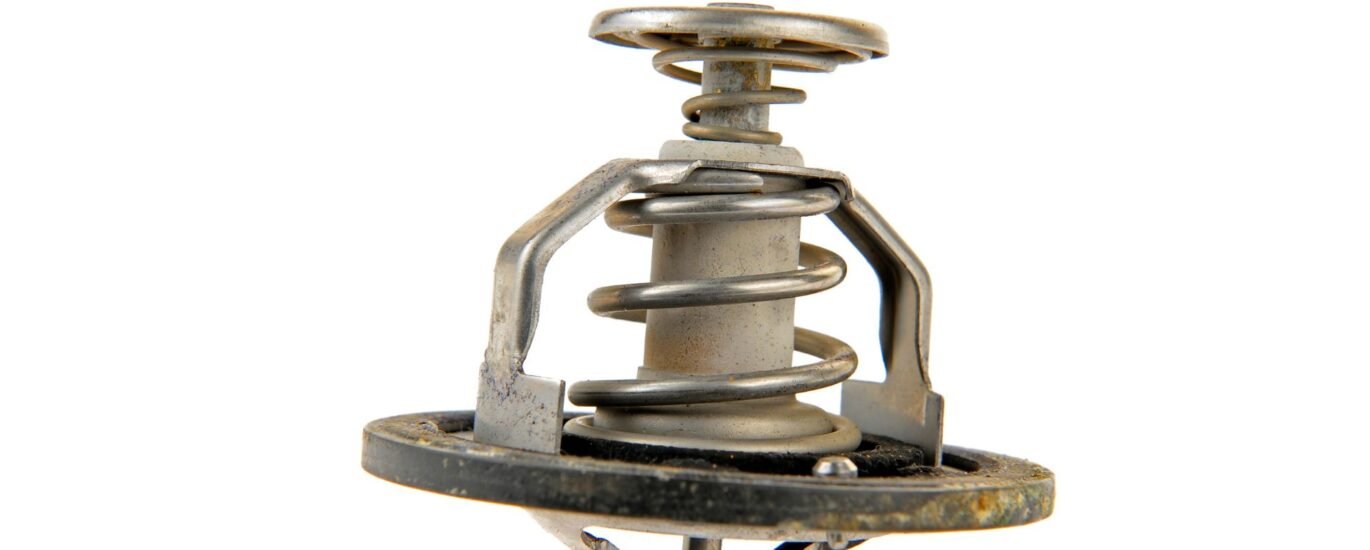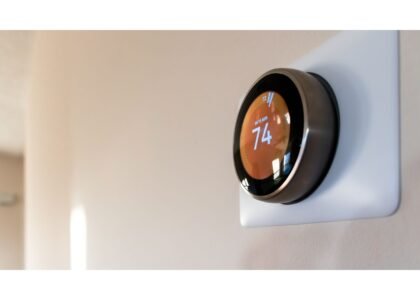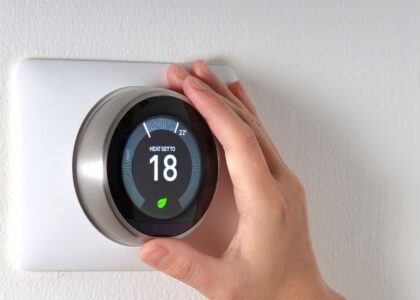Introduction
Your thermostat is the brain of your HVAC system — it tells heating and cooling units when to switch on or off, regulates indoor comfort, and even affects your energy bills. When it fails, your system may run inefficiently or stop altogether. In this article, we’ll walk through how to tell when it’s time for thermostat replacement, what factors to consider, and how upgrading to a better thermostat can improve comfort and savings.
Why Thermostat Replacement Matters
- Maintain comfort: A failing thermostat may not sense temperature correctly, so your home may feel too hot or too cold.
- Improve energy efficiency: An old or inaccurate thermostat can cause HVAC overuse, raising utility bills.
- Enable better control: Modern thermostats offer features like scheduling, Wi-Fi access, or zoning support.
- Prevent system wear: When your HVAC system cycles too often (short cycling), it stresses components.
Common Signs You Need a New Thermostat
Here are the red flags that signal your thermostat may be ready for replacement:
| Sign | What It Indicates |
|---|---|
| Temperature doesn’t match set point | The thermostat sensor may be faulty or miscalibrated |
| HVAC doesn’t respond | The thermostat may have wiring issues or loss of communication |
| Display blank or flickering | Power supply or internal circuitry is failing |
| Unusually high energy use | Inefficient thermostat control causes overrun |
| Frequent cycling | The system turns on/off too often (short cycling) |
| Incompatibility with smart features | Older units lack modern capabilities |
If you notice one or more of these symptoms, it’s a good time to consider thermostat replacement.
Best Timing for Replacing a Thermostat
You don’t always have to wait until failure. Consider replacement when:
- Your existing thermostat is over 10–15 years old.
- You’re replacing or upgrading your HVAC system.
- You’re renovating or adding rooms (zoning changes).
- You want smarter control, such as scheduling or remote access.
- You’re experiencing major temperature swings from room to room.
Replacing your thermostat ahead of time can avoid system downtime and make the most of newer, more efficient hardware.
Types of Thermostats You Can Choose
When planning a thermostat replacement, you’ll want to know your options:
- Manual or non-programmable thermostat
- Basic unit: you adjust settings manually.
- Least expensive, no automation.
- Programmable thermostat
- Lets you set daily/weekly schedules.
- Helps reduce wasted heating/cooling when you’re absent.
- Smart/Wi-Fi thermostat
- Connects to your home Wi-Fi or smart home systems.
- Offers remote control, usage tracking, learning algorithms.
- Zoning-capable or multi-stage thermostat
- Supports systems with multiple zones or stages (heat/cool).
- Ideal for larger homes or systems with multiple units.
- Compatibility with HVAC system
- Some thermostats only work with certain HVAC types (heat pumps, multi-stage, etc.).
- Always verify compatibility before replacement.
Steps in a Thermostat Replacement Process
Here’s a generalized process for replacing a thermostat. (Professional installation is recommended for safety and optimal performance.)
- Turn off power at your furnace or HVAC control panel.
- Remove the old thermostat carefully, labeling wires.
- Inspect wiring & wall box — ensure wiring length and compatibility.
- Mount the new thermostat base and connect wires (matching labels).
- Restore power and configure your new thermostat settings.
- Test heating and cooling modes to see if the system responds correctly.
- Calibrate and program schedules, sensors, or zones as needed.
A robust installation ensures the new thermostat works reliably over years.
Benefits of Upgrading to a Modern Thermostat
When you invest in a quality replacement, you get:
- Better energy savings — modern units optimize runtime and prevent waste.
- Remote access & control — adjust settings from your smartphone.
- Adaptive scheduling / learning — some thermostats “learn” user patterns.
- Improved diagnostics — get alerts when things go wrong.
- Zoning support — control different parts of your home separately.
- Long-term cost reduction — fewer system run-hours, less wear and tear.
Choosing the Right Thermostat for Your Home
When selecting a replacement, consider:
- HVAC compatibility (single-stage, multi-stage, heat pump, etc.)
- Power source (some need common wire “C-wire”)
- Zoning or multi-zone needs
- Smart features you want (Wi-Fi, apps, integration)
- Ease of installation & user interface
- Sensor options (remote sensors, room sensors, motion sensors)
Once you’ve narrowed down your choices, scheduling a professional replacement ensures everything is installed correctly.
Next Steps: Professional Thermostat Replacement
If you’re ready to move forward with a thermostat replacement, you can explore the full process and benefits in our dedicated guide: Thermostat Replacement — check it out here:
https://1sthvacrepairservicespalmdesertca.com/thermostat-replacement/
And whenever you’re ready, get in touch with our team to schedule an appointment or ask questions:
Contact us here



